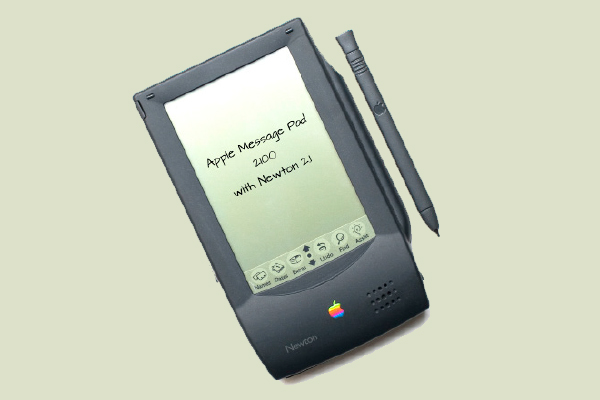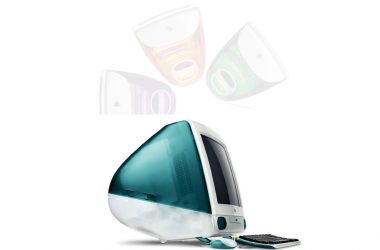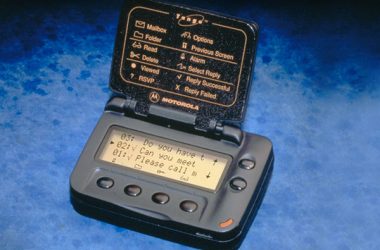 In 1993, Apple launched what would be the beginning of a mobile era of computing for the company, the Apple Newton MessagePad. Rather dated in terms of size and speed by today’s standards, the MessagePad was the first series of personal digital assistant devices developed for the Newton platform.
In 1993, Apple launched what would be the beginning of a mobile era of computing for the company, the Apple Newton MessagePad. Rather dated in terms of size and speed by today’s standards, the MessagePad was the first series of personal digital assistant devices developed for the Newton platform.
Similar to today’s Apple products, the MessagePad 100 used proprietary serial ports and round Mini-DIN 8 connectors. In contrast to its competitor – the Palm Pilot – all Newton devices were equipped with a standard PC Card expansion slot, which allowed native modem and Ethernet connectivity. It took four AAA batteries to power the MessagePad, which was eventually shored down to two AA batteries with the release of the Apple MessagePad 110. The display was black and white with a span of 336x240cm. The sizeable handheld weighed in at 410g .
The MessagePad made its commercial debut on 2nd August, 1993 at the Boston Macworld Expo. It was arguably the hottest item at the expo and sold 50,000 units in its first three months, despite its whopping $900 price tag. The MessagePad was featured – albeit through a critical lens – in the comic strip Doonsebury, as well as the long-running television show The Simpsons. In both of those instances, the handwriting recognition trumpeted in the marketing campaign was criticised for being laughably inaccurate. However, this issue didn’t seem to slow down sales or popularity. The device became so popular that a dedicated chain of Newton-only stores called “Newton Source” were launched, and operated between 1994 and 1998.





